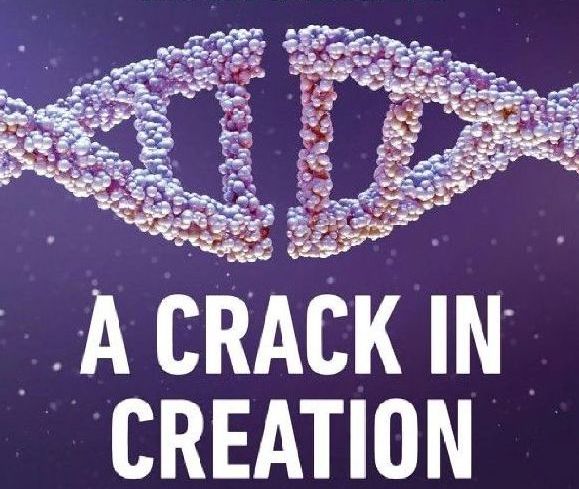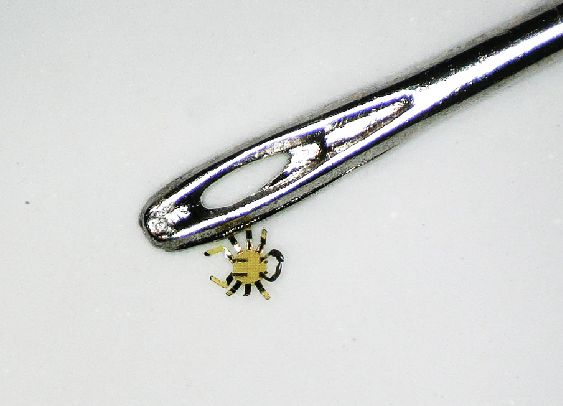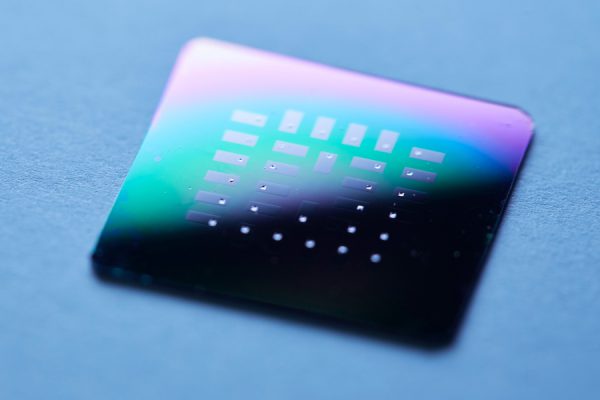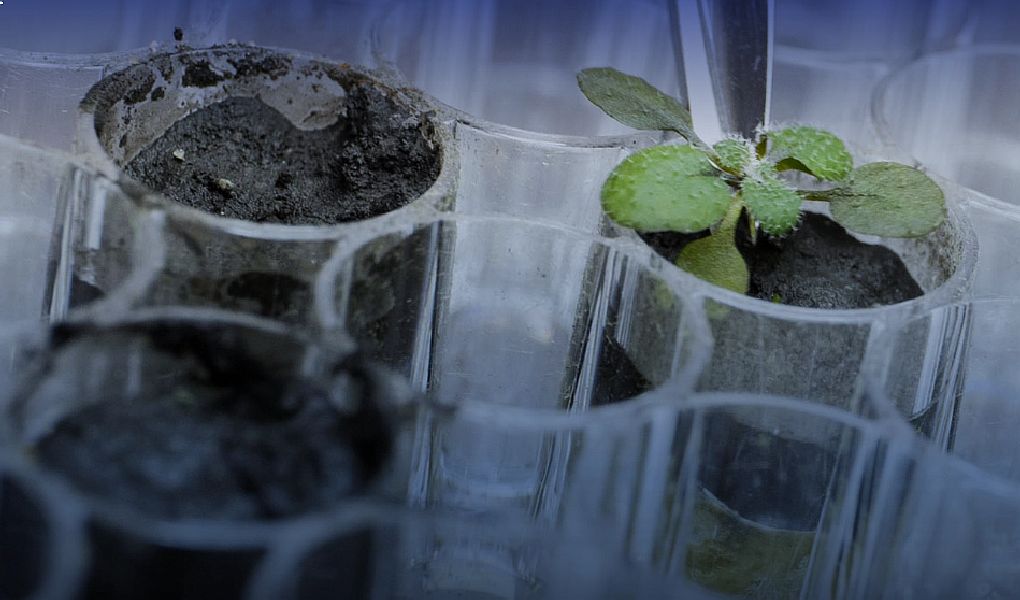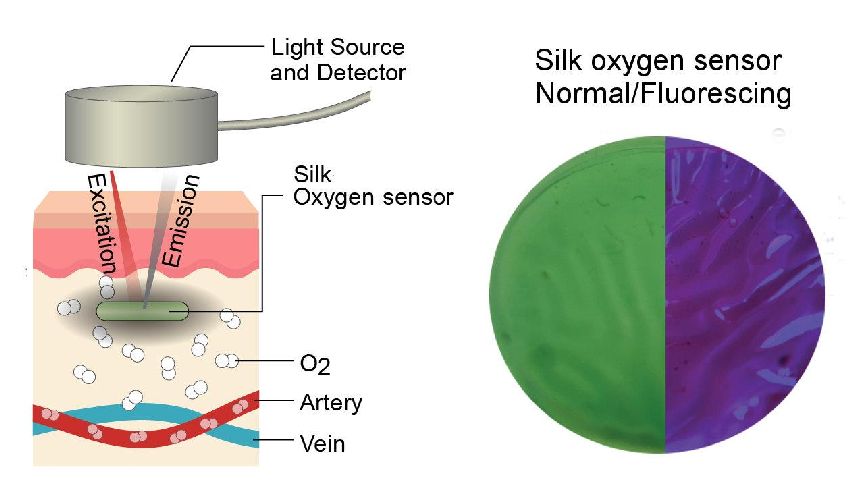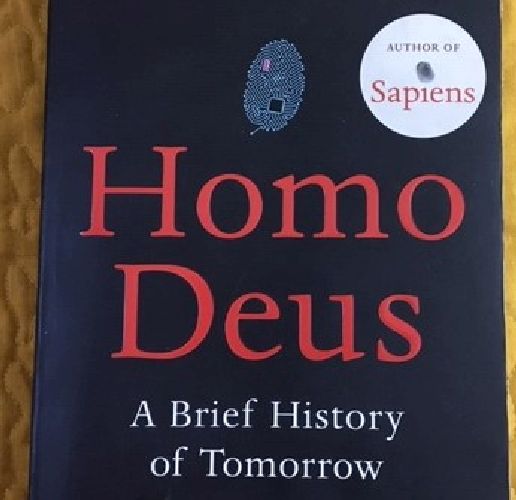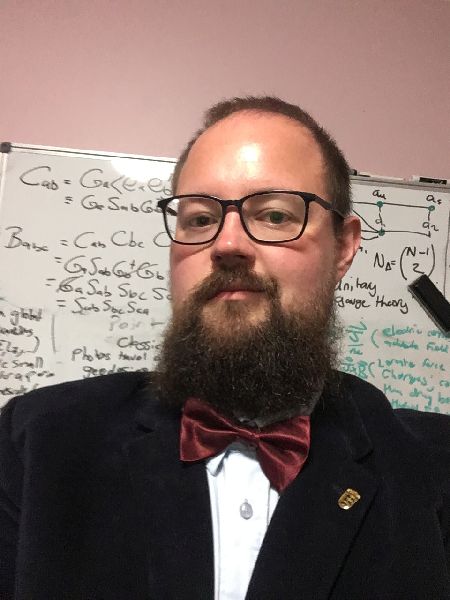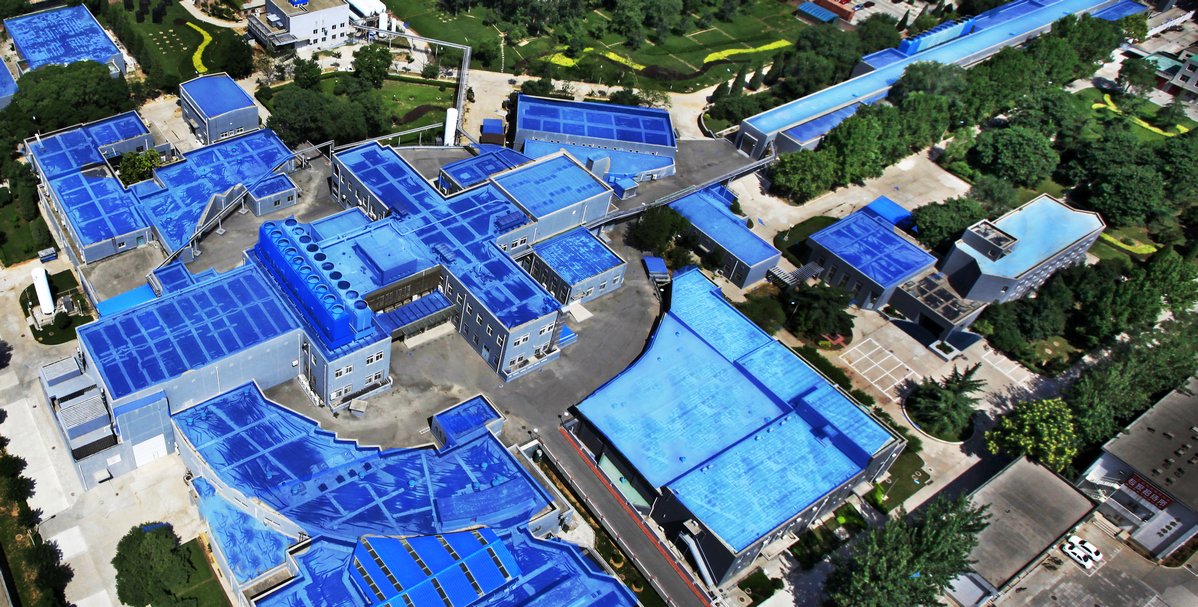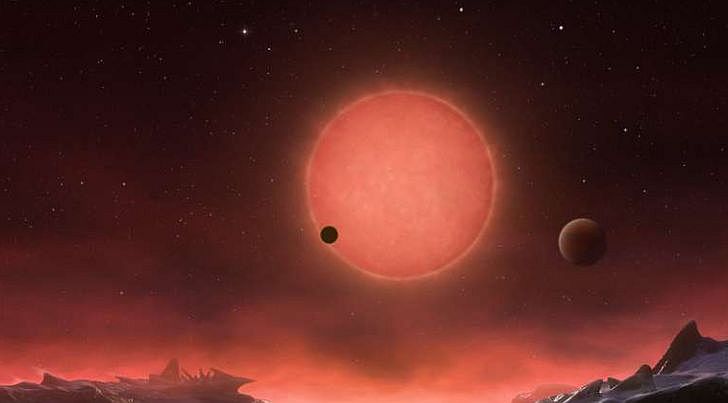Dr Federico Paolucci is a Research Scientist at Superconducting Quantum Electronics Lab (SQEL) nested in Pisa, Italy. He has co-authored papers like Electrostatic field-driven supercurrent suppression in ionic-gated metallic Josephson nano transistors, Bipolar Thermoelectric Josephson Engine and Thermal superconducting quantum interference proximity transistor to name a few. His recent research involves tuning the thermal properties of a superconductor by controlling its spectral characteristics. And this made me intrigued to get in touch with him and requested him to squeeze-in some time from his busy schedule for an interview. Nothing excites…
Read MoreMonth: May 2022
Book Review: A Crack in Creation by Jennifer A Doudna and Samuel H Sternberg
A Crack in Creation: Gene Editing and the Unthinkable Power to Control Evolution is a powerful book on advances in gene editing research and history by Jennifer A. Doudna and Samuel H. Sternberg. It puts forward the timeline of a genome-editing tool known as CRISPR, or “Clustered Regularly Interspaced Short Palindromic Repeats.” The book starts with examples where natural changes in the genome lead to randomly cure patients of genetic diseases. 2013 was the year of medical mystery at the National Institutes of Health, when the scientists were dealing with…
Read MoreNew Microbot Scuttle like a Crab: Biomimicry
Engineers at Northwestern University have developed nano-scale robots that scuttle like small peekytoe crab. The tiny crab-bots measure around half-millimeter wide. Like the decapod crustaceans, the bot can bend, twist, crawl, walk, turn and even jump. Not only the nano crab like devices, engineers have also created same sized robotic inchworms, crickets and beetles. Researchers envision that their technology will explore practical tasks inside tightly confined spaces.
Read MoreCeramic based Micro Glucose Fuel Cells: Implantable Power Sources
In the coming two decades, nanotechnology will surely touch the lives of nearly all people across globe. As technology progresses, we will experience next generation sensors embedded in all things that we use, including our clothes, kitchen and within ourselves. Yes, IoT is coming here to stay. So, the next question is what will be the efficient power source for these devices, especially the implantable sensors and drug-delivery systems? Researchers at MIT have paved a way for glucose powered medical implants. With their newly designed glucose fuel cell, they are…
Read MoreMoon Soil Can Grow Terrestrial Plants: Tiny Lunar Garden
For the first time in human history, space scientists were able to grow plants in the soil from the moon. With the plants sprouting from the moon soil, lunar exploration seems pretty incredible. University of Florida researchers were able to prove that moon soil – also called as lunar regolith – can grow terrestrial plants. They also investigated that for the plant it wasn’t an easy journey. Nevertheless, this effort is the first step towards understanding how plants respond biologically to the Moon’s soil. This insight will surely help NASA’s…
Read MoreTattoo like Sensors to Reveal Blood Oxygen Levels: Silk based Biomaterials
Soft skin sensors are beginning to transform the health care industry. We can surely predict that within a decade, people will be wearing skin sensors to detect the blood glucose level, oxygen level and to track other different blood components which currently require an incision. Researchers at Tufts University have developed a tattoo-like sensor that glows when exposed to light. The degree of brightness depends on the level of oxygen in blood. Silk fibroin hydrogel The sensor is made up of silk fibroin hydrogel. Fibroin is an insoluble protein that…
Read MoreBook Review: Homo Deus by Yuval Noah Harari
Dataism is the new religion! – is the motif running across Harari’s Homo Deus: A Brief History of Tomorrow. As with its predecessor, Sapiens: A Brief History of Humankind, the book deals with evolution and the abilities that humans acquire as we move along the evolutionary scale. And how we process these capabilities only to fabricate a world where there is no place for us.
Read MoreInterview: Dr Arthur Suvorov, An Astrophysicist at The Manly Astrophysics, Australia and Uni. of Tübingen
Dr. Arthur Suvorov is an astrophysicist at The Manly Astrophysics in Australia. He did first class honors degree at Monash University, in a double-dose of mathematics with physics on the side. Followed by his PhD from Melbourne Uni. His areas of interest include various aspects of neutron star. Lately, he collaborated with Universidad de Murcia, Spain in a project entitled “Magnetically supramassive neutron stars”, paper of which is also published in Physical Review Letters (DOI: 10.1103/PhysRevD.105.L061302). Dr. Suvorov is also the recipient of one of the most prestigious Humboldt…
Read MoreChina’s Particle Collider to Gear up: A Future Higgs Factory
To explore more exotic particles, Beijing Electron Positron Collider (BEPC), the particle-physics lab, is undertaking a major re-equipping. The work is expected to complete by 2024. Dubbed as BEPCII-U, the new version will not only triple the current collision rate but it’ll also extend the maximum collision energy to 5.6 GeV from the existing 2–5 GeV. With the plans underway for next-generation collider, China might head the world in high-energy physics research.
Read MoreTwo Rocky Worlds Orbiting M Dwarf Star: The HD 260655 System
Astronomers at NASA have identified two rocky alien worlds hovering around M dwarf star called HD 260655. M stars have faint glow and they look red to our eyes with temperature ranging from 2,500 Kelvin to 3,500 Kelvin. These stars account for nearly 75% of the stars in our stellar neighborhood, which implies they can be easily observed from Earth due to its abundance. As per Transiting Exoplanet Survey Satellite (TESS), the newly discovered exoplanets are about two times more massive than the Earth.
Read More

